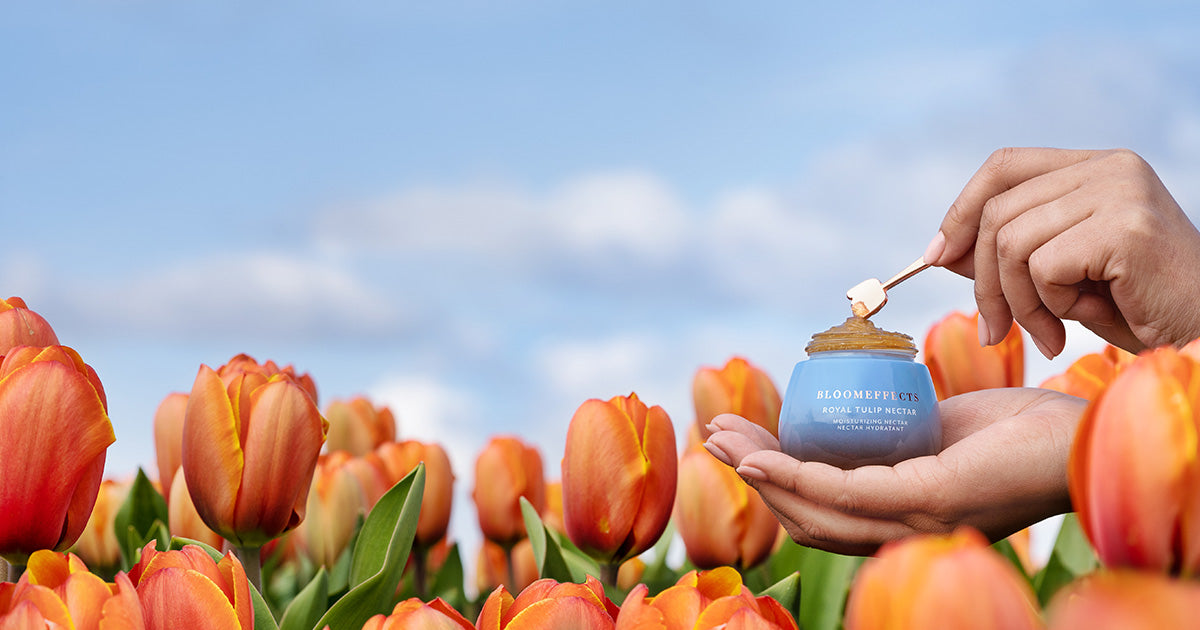The Netherlands is famous for many things. First, its capital city, Amsterdam is a pretty well-known city. It’s famous for its beautiful canals and lively environment. The Netherlands is also very famous for its cyclists, windmills, food exportation, and quirky traditions! However, it’s their endless fields of tulips that attract the most attention this time of year.
As the season wraps up and the farmers prepare for the next year of blooming we’d like to share some interesting information and also important advice on how to respect the fields on your visit next year!
Why are there tulips in the Netherlands?
t’s spring! In the Netherlands, there is one well-known symbol to know it is spring...The tulips are blooming! Interestingly, the tulips did not originate in The Netherlands. When traced back, tulips were first reported to be blooming in a valley somewhere between Northern China and Southern Europe. It was the Ottoman Empire that transported these beautiful flowers to Turkey. In the early 1600s growing tulips became a favorite hobby of wealthy families. This popularity began the period known as ‘Tulip Mania’ and resulted in a surge in tulip bulb prices. The hype of tulips grew more and more until at one point one bulb was valued the same as a house in central Amsterdam! Eventually, the price began to fall and nowadays they are far more affordable. Over the past few hundred years, The Netherlands has perfected the art of growing the tulip and is considered a major provider of bulbs worldwide.
Why and where do tulips grow in the Netherlands?
Maritime areas are where tulips grow best. The regions they are grown in are no more than 50-75 kilometers (30-50 miles) from the coast. The best type of soil to grow tulips are sandy-clay grounds in the provinces of South and North Holland, Flevoland, and the Noordoostpolder. The maritime climate and the vicinity of water are optimum conditions for growing tulips.
What plays a significant role is Holland's location on the 52nd degree of latitude near sea level. There are relatively mild winters and summers that are not too hot due to the combination of the maritime climate and the location. During the winter months, the temperatures average between 2 and 4 degrees Celsius (35-40 Fahrenheit). To fully transform the starch in the bulbs into sugars for energy, the tulips need a temperature of not more than 9 degrees Celsius (48 degrees Fahrenheit) for a minimum of 3 months.
Additionally, the average rain precipitation is 60-80mm (2.5” - 3.5”) per month. There is plenty of water stored in the small canals and ditches to be able to irrigate and sprinkle the plants in dryer periods.
When can you visit the tulip fields?
Tulips season runs from the end of March until mid-May. The start and duration of the tulip season depend on the temperature. When it is cool the tulips will only bloom for 1-2 weeks. This year we experience a colder April, so the tulips didn't start blooming until the third week of April and were still blooming in early May!
Keukenhof is one of the best places to discover many different kinds of tulips as more than 7 million flower bulbs are blooming in spring. In 2019 the Keukenhof opened its doors to the public and in just eight weeks 1.5 million people visited. However, due to the COVID-19 pandemic, they have chosen to keep their doors closed this year.
How to respect the farmers?
Undoubtedly, growing tulips is an art to the farmers. You wouldn’t believe how much work goes into their planting and maintenance. That is why we ask you to treat the tulips with respect.
Some tips when visiting the fields:
- Please do not pick the tulips and do not sit or stand on them
- If you want to walk through the paths between the tulip beds please ask for permission before walking through
- The tulip fields are private property so please be mindful to be respectful to the tulip farmer
We hope you get a chance to visit the magical tulip fields next year. If you’re seeking information on how to get there please don’t hesitate to reach out to us, we’re more than happy to help!


